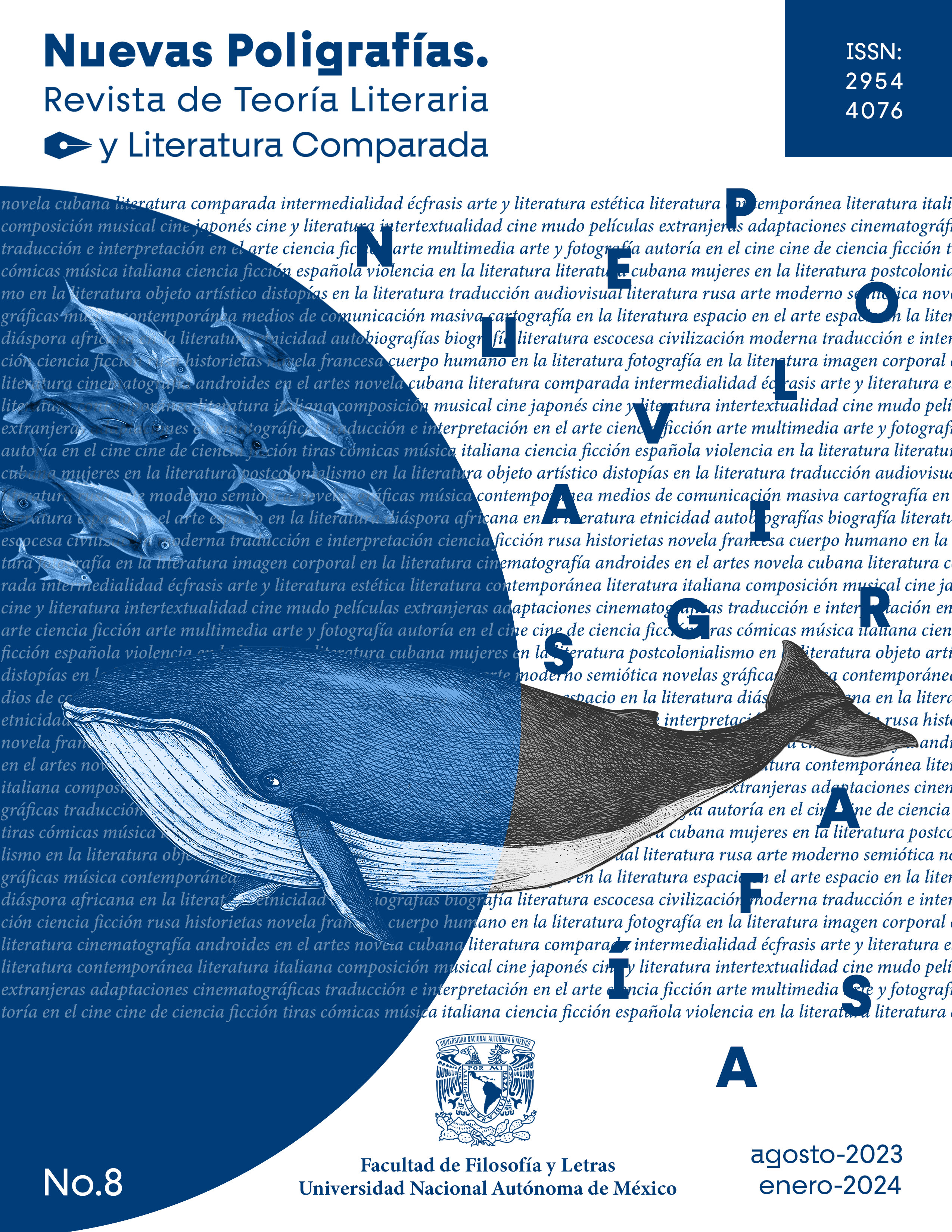Stalker: The Poetic Image of Science Fiction
Main Article Content
Abstract
Science-fiction cinema has had several important transformations linked both to technological advances within the film industry and to the history of film in general. In many cases, although the films that belong to this genre often have a visual emphasis on special and spectacular effects, other times they are instead part of a specific author’s style and aesthetic. In this instance, in 1979, Andrei Tarkovsky shot Stalker, an adaptation of the novel Roadside Picnic written by the brothers Boris and Arkady Strugatsky. This particular film can be considered as part of a body of work characterized by what Gilles Deleuze calls the time-image, based on the duration of the long-shot, visual composition, the presence of objects within the frame, meticulous use of lighting, and an extensive mixing of soundtracks, whether the film alternates between musical or analog sound. In this article, a comparative film analysis of some specific sequences will show how the adaptation process has a crucial starting point from the novel to finally create one of the most significant films within Tarkovsky’s universe and filmography, not only because it was his last homeland project, but also because of its critical viewpoint that is transferred from text to screen.
Article Details

This work is licensed under a Creative Commons Attribution-NonCommercial-NoDerivatives 4.0 International License.

